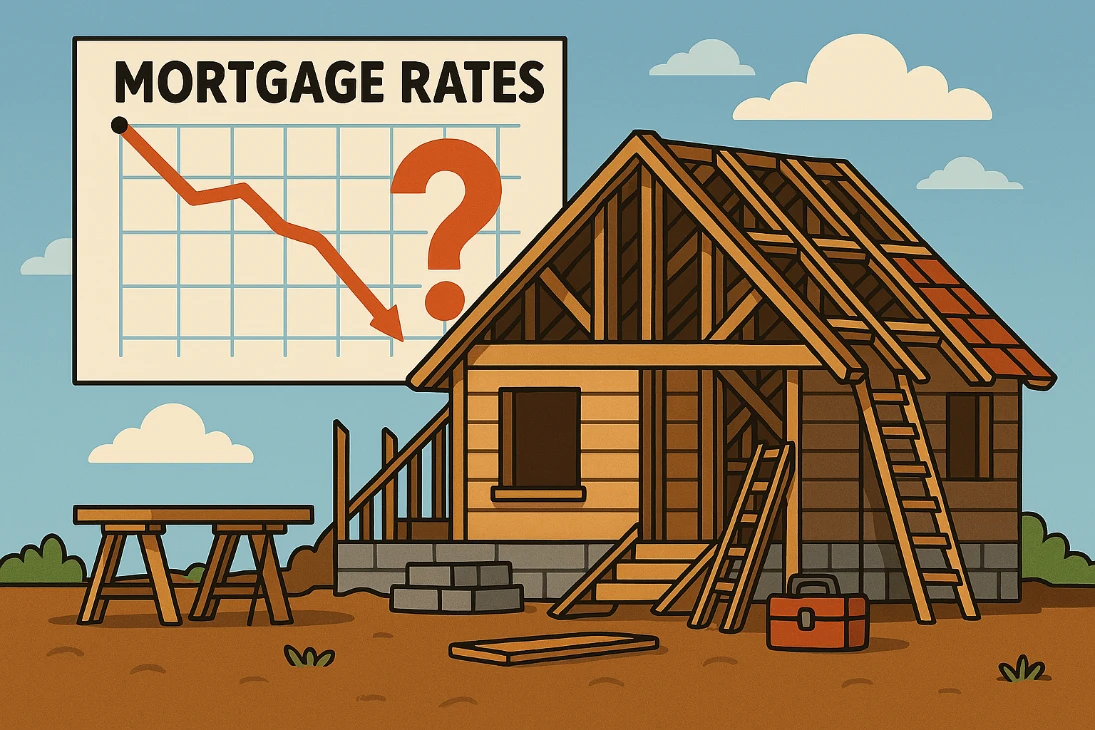Return

The Federal Reserve’s Lisa Cook Firing and Its Ripple Effects on Hardwood Lumber
In a bold move that shook financial markets last week, President Trump announced the immediate removal of Federal Reserve Governor Lisa Cook on August 25, 2025, citing allegations of mortgage fraud. Cook swiftly countersued, arguing that Trump lacks the authority to fire her without proven cause, violating the Fed’s independence statutes. The case, now in federal court and potentially headed to the Supreme Court, highlights tensions over presidential influence on the central bank. For hardwood, this creates a distraction from what had been a clearer focus on the need for lower mortgage rates.
Why does this matter to hardwood lumber buyers? For hardwood lumber distributors and lumber-using manufacturers, this turmoil arrives at a critical juncture. The Fed’s upcoming September 16-17 meeting is poised to decide on the federal funds rate, currently at 4.25%-4.50%. Despite the controversy, experts forecast a high likelihood, over 80% per market pricing, of a rate reduction, with Fed Governor Christopher Waller endorsing a 25-basis point (0.25%) cut to address softening labor markets and easing inflation. Some analysts peg the odds at 50-50 due to robust economic data, but the consensus leans toward the cut, potentially followed by more in the coming months. Now the potential for any cut is clouded by the controversy surrounding Cook’s removal.
Some think an interest rate change would not meaningfully impact housing starts and resales. We would argue the opposite, as this affordability signal should improve consumer sentiment. There is likely a large number of renters waiting on the sidelines for affordability to improve. The impact of affordability cannot be argued, as D.R. Horton, the nation’s largest homebuilder, aggressively promoted interest rate buydowns in its fiscal Q3 of 2025 for the initial 3 years of a mortgage vs. simple price reductions. While their earnings ($1.0 billion, wouldn’t that be nice!) were below a year ago, they easily beat Wall Street expectations and posted higher-than-expected earnings amid a lackluster market. You can bet the Fed and the current administration took notice.
What we really need is a plan to cut rates by at least 1% if not more, to create consumer confidence in the housing sector and pull the housing industry out of the prolonged recession we have been battling. For the lumber industry, including hardwood used in flooring, cabinets, and millwork, a significant rate cut could translate to higher housing starts—potentially up 5-10% in the following quarters due to improved confidence and demand.
After recent downturns, notably the 2008 financial crisis, a rebound in housing preceded an extended period of economic growth. Over the Labor Day holiday, Treasury Secretary Scott Bessert said the administration was poised to declare a housing emergency. He pointed to continuing price increases in housing and a shortage of affordable housing. While we think it is a stretch to declare an “emergency,” anything that could cut bureaucratic hurdles for builders and that could reduce their cost of materials would be welcomed.
Why does the Fed firing, the Federal Funds rate, and its impact on the bond markets, and the potential declaration of a housing emergency matter to hardwood pros? High interest rates have stifled housing starts, curbing demand for hardwood in flooring, cabinets, and millwork. The problem is the Cook saga risks politicizing the Fed, possibly delaying easing if board dynamics shift amid legal battles. At this point, the industry does not need this controversy to cloud good judgment, taking the eye off helping housing markets thrive to lead the US economy to better times.

